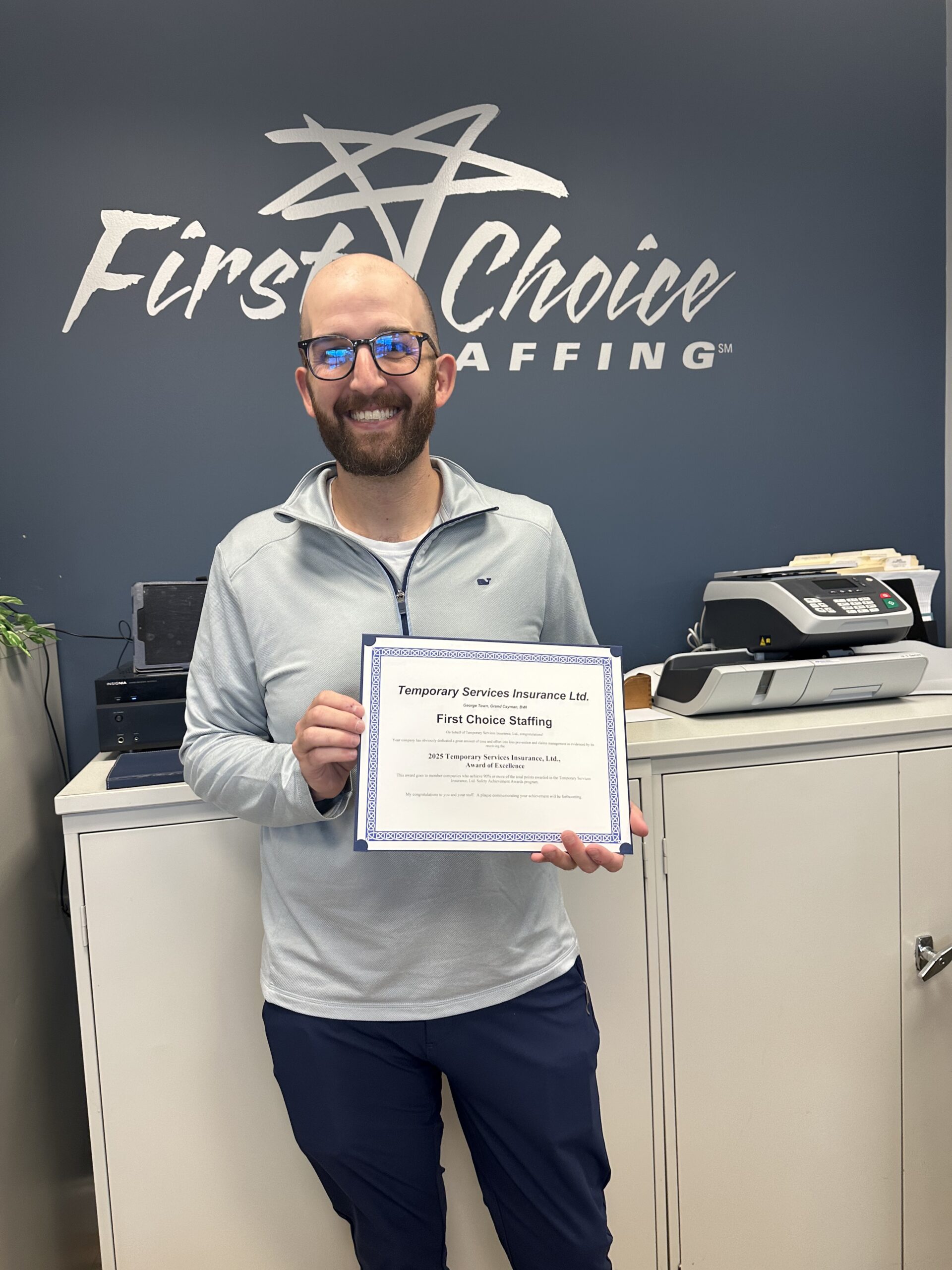Employee turnover isn’t just a human resources issue—it’s a business problem. In competitive industries, retaining top talent is essential for maintaining productivity, morale, and your bottom line. When valuable employees leave, companies often face higher recruitment costs, lost institutional knowledge, and disruptions in service or workflow.
The good news? High turnover isn’t inevitable. With the right strategies in place, you can keep your best employees engaged, motivated, and committed for the long haul.
1. Invest in Onboarding and Training
Retention starts on day one. A strong onboarding process helps new hires feel welcomed, informed, and supported from the start. Pair that with ongoing training and development opportunities, and employees are more likely to feel confident in their roles and invested in their future with your company.
Tip: Create a 30-60-90 day plan for new hires to set clear expectations and foster early success.
2. Offer Competitive Compensation and Benefits
Pay isn’t everything—but it does matter. If your compensation packages don’t match what’s being offered elsewhere, top talent will eventually leave. Regularly benchmark your salaries against industry standards and consider offering additional perks such as flexible schedules, wellness programs, or performance bonuses.
Tip: Don’t underestimate the value of benefits like paid time off, retirement contributions, or health coverage in boosting retention.
3. Prioritize Company Culture and Employee Well-Being
A positive work culture is one of the most powerful retention tools. Employees want to feel respected, included, and part of something meaningful. Encourage open communication, recognize achievements, and foster a culture of teamwork and psychological safety.
Tip: Conduct regular employee engagement surveys and take visible action based on the feedback you receive.
4. Provide Clear Career Pathways
Ambitious employees need to know that they have room to grow. When people can see a future with your company, they’re more likely to stick around. Provide mentorship, professional development resources, and promotion opportunities to help team members advance.
Tip: Hold regular check-ins to discuss career goals, skill gaps, and potential advancement timelines.
5. Give Employees a Voice
Employees who feel heard are more likely to stay. Involve your team in decision-making when appropriate and create space for honest conversations. Even simple efforts—like inviting feedback on a new policy or tool—can build trust and loyalty.
Tip: Establish anonymous feedback options and follow up with real, transparent responses.
6. Support Work-Life Balance
Burnout is one of the top drivers of turnover. Respect your employees’ time off, promote realistic workloads, and encourage time to unplug. When employees feel balanced and supported, they’ll perform better—and stay longer.
Tip: Consider implementing “no meeting” blocks or flexible remote work days to give employees space to recharge.
Final Thoughts
Reducing turnover takes effort, but the payoff is worth it. By investing in your employees’ growth, well-being, and experience, you’re not just keeping talent—you’re building a stronger, more loyal, and more effective team.
In today’s competitive landscape, retention isn’t optional—it’s strategic. Start small, stay consistent, and show your team they matter. Because when employees feel valued, they stay—and they thrive.




